Melee weapons in Dungeons and Dragons are varied. Later editions of the game tended to thin out some of the many options. But 1st edition had quite a few. And many are pretty unfamiliar to those of us who do not spend a lot of time studying medieval history. This article is an attempt to familiarize people with just exactly what some of these weapons actually look like.
Pole Arms
Keeping your enemies at range was often a difficult but essential task during medieval battles. This is obviously true in a fantasy setting as well. Not everyone wants to get up close and personal in combat. The enemy might have horses where you might have none. Having a pole arm gives you a chance in such disadvantageous combat situations.
There were various pole arms used in the Middle Ages. I am going to try to show you what some of them look like in this article. I will begin with one of the favorites that I have seen players choose when selecting weapons at the early stages of the game. As most players tend to metagame, whether they realize it or not, they often choose the one in the books that does the most damage. For 1st Edition this was the Halberd. In most movies about medieval times you see guards wielding this big clunky weapons. They came in a number of varieties with different shaped blades. Some of them are in the picture below.

Halberds were not the most common pole arm. The age old spear has that honor. Spears have been around since the dawn of time. It is likely that they were among the very first weapons ever used. It is also likely that they were among the very first human tools ever used.

Okay. Now we have seen some of the more common pole arms. Lets talk about some less common ones that were in the 1st Edition game and possibly in some of the later editions as well. This one is kind of a hybrid between a halberd and a spear. It is called the Ranseur. The Ranseur could be used in 1st Edition to disarm opponents by rolling to hit an armor class of 8. See the table on page 38 of the PHB for discussion of this.
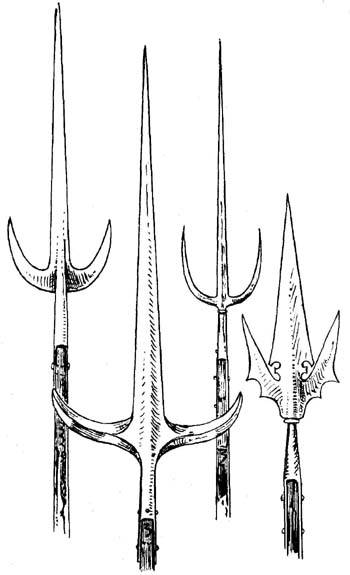
A very similar pole arm was called the Spetum. I suppose that what makes it truly different is the length of the blade. It is more like a sword on a long stick. This one folds as well for easy carrying. The Spetum could be used in 1st Edition to disarm opponents on a score required to hit Armor Class 8. See the table on page 38 of the PHB for discussion of disarming.
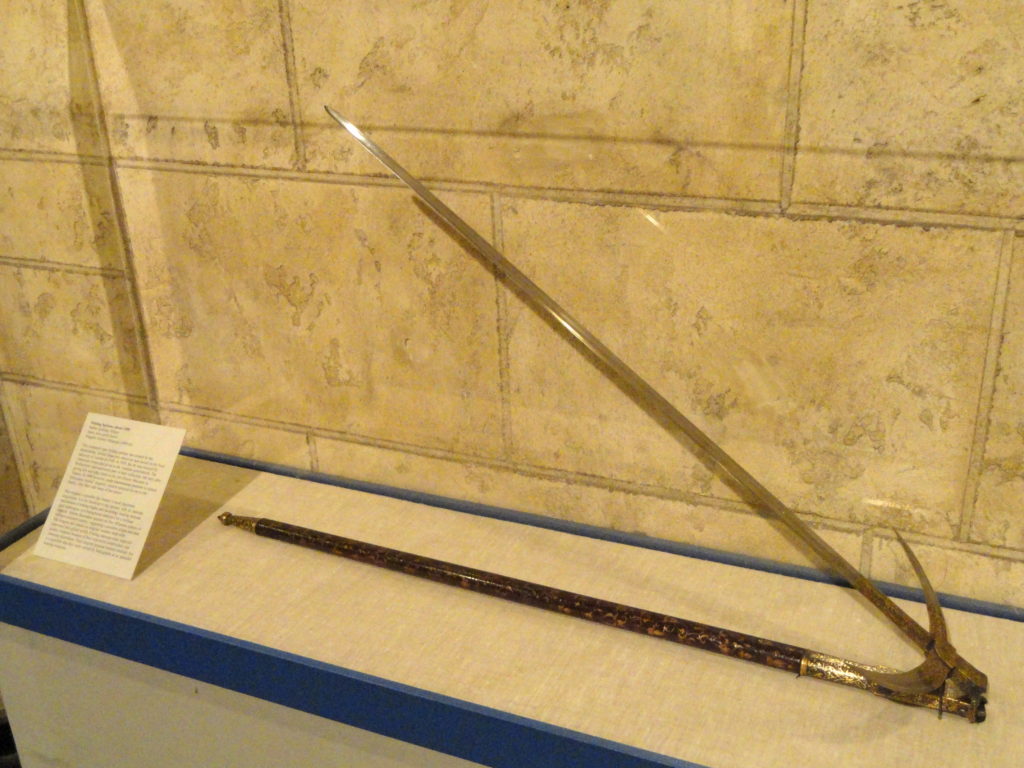
The next medieval pole arm is kind of hybrid between a pole arm and a hammer. It is called a Bec de Corbin. And yes….this one is also in the 1st Edition PHB as a player weapon option. I suspect that 5th Edition and other editions have forgotten about many of these varieties. But I present them anyway for you to see what they look like in case you want them in your games.
Another pole arm commonly used in medieval combat but rarely used in Dungeons and Dragons is the Military Pick. This particular one is called a Bohemian Ear Spoon.


The next one is called the Fauchard. This particular one is ornate as it was used by bodyguards of a cardinal.
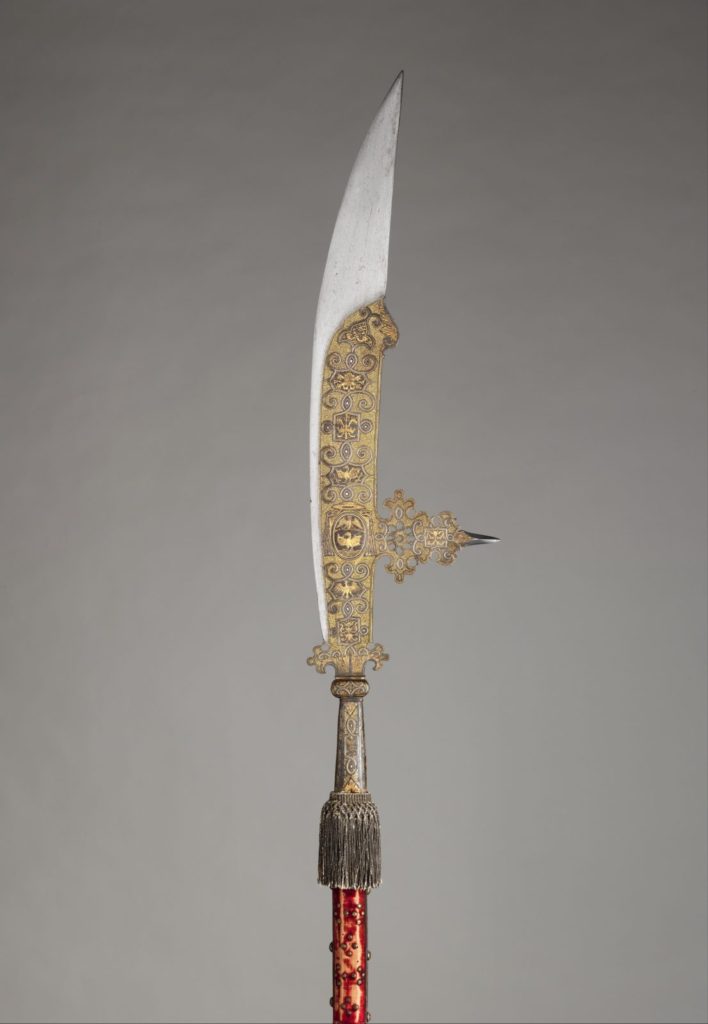
The Fauchard came in another variety though. This one comes with a fork.

The next weapon is similar. It is called the Military Fork.

The next pole arm is another one with a French sounding name. It would appear that the French had lots of uses for pole arms in combat during medieval times. They seem to have the most varieties. This one is called the Guisarme.
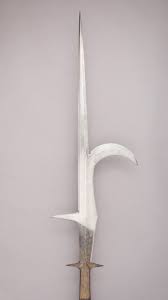
The Guisarme came in two other varieties. The next is called the Guisarme Voulge.

And the next variety is called the Glaive-Guisarme.
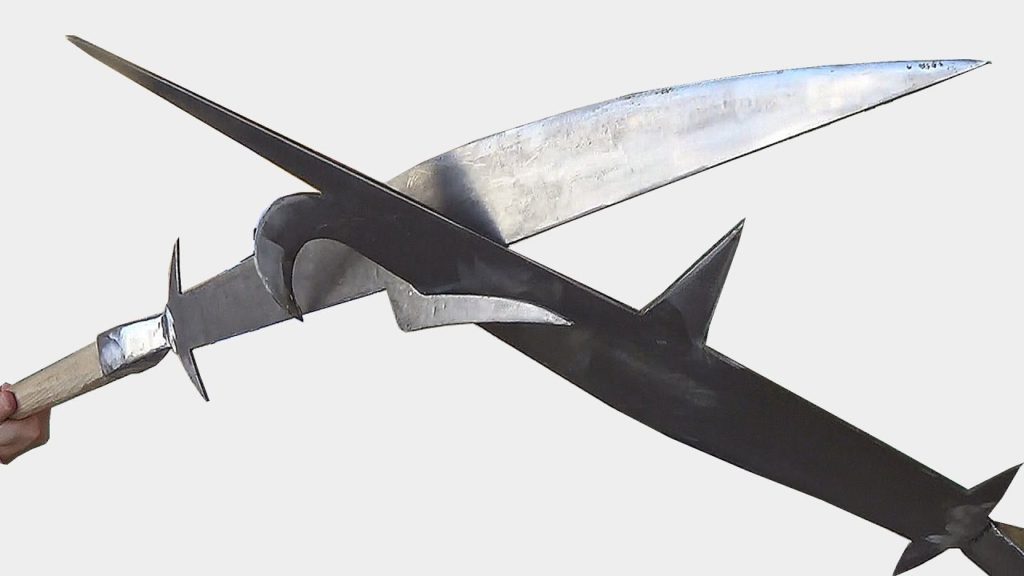
And the next one is just a plain Glaive. This one looks like so many of the others. But there are subtle differences.
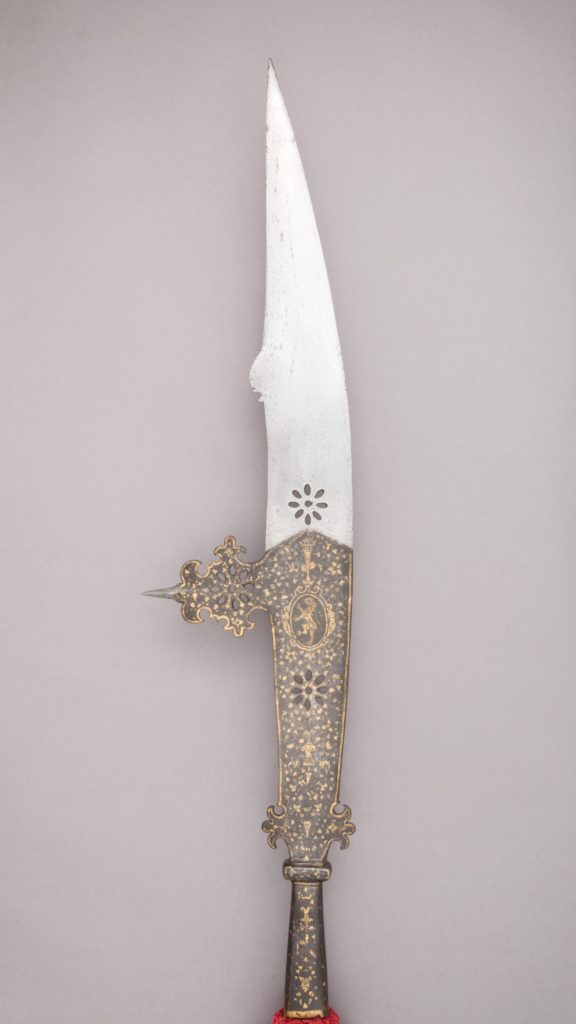
To me that one looks exactly like the Fauchard above. But it isn’t. And, no, I am not the one who says so. Both of the pictures came from a museum site that identified them.
The next weapon was technically not in 1st Edition but a variety of it was. This one is called the Pike.

And this variety is called the Pike Awl in the 1st Edition PHB. Wikipedia calls it an Awl Pike. But whatever the name it looks a little like some of the others. Again it is kind of a thin sword on a stick concept. Or perhaps it is just a long spear tip on a stick.

The next is also very similar to some of the others. This one is called the Partisan in the 1st Edition PHB.
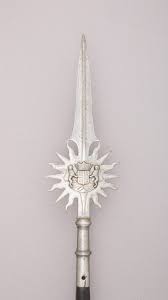
And the next is called just a Voulge.
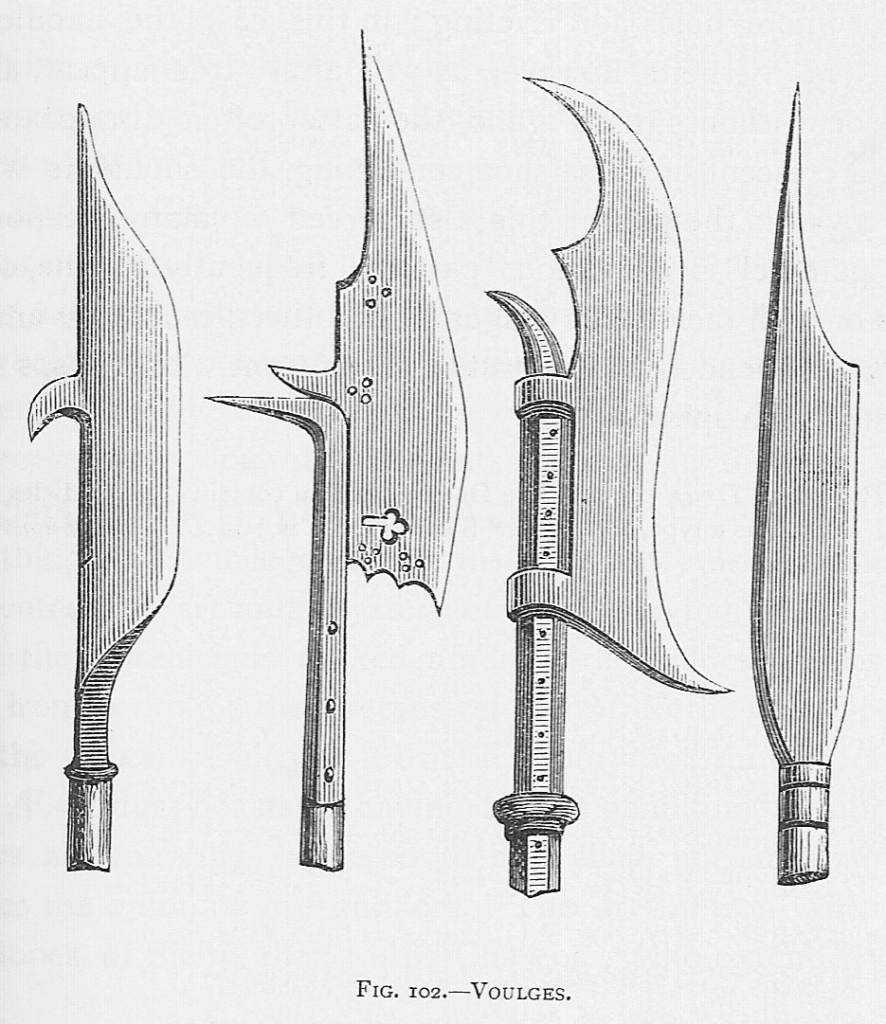
Another type of pole arm is called the Trident. The Trident was used in ancient times as well as in the middle ages. Those of you familiar with the movie Spartacus may remember the scene where Spartacus fights an Ethiopian gladiator to entertain the soon to be emperor at the gladiator training school. The Ethiopian gentlemen uses a Trident and a net in combat.
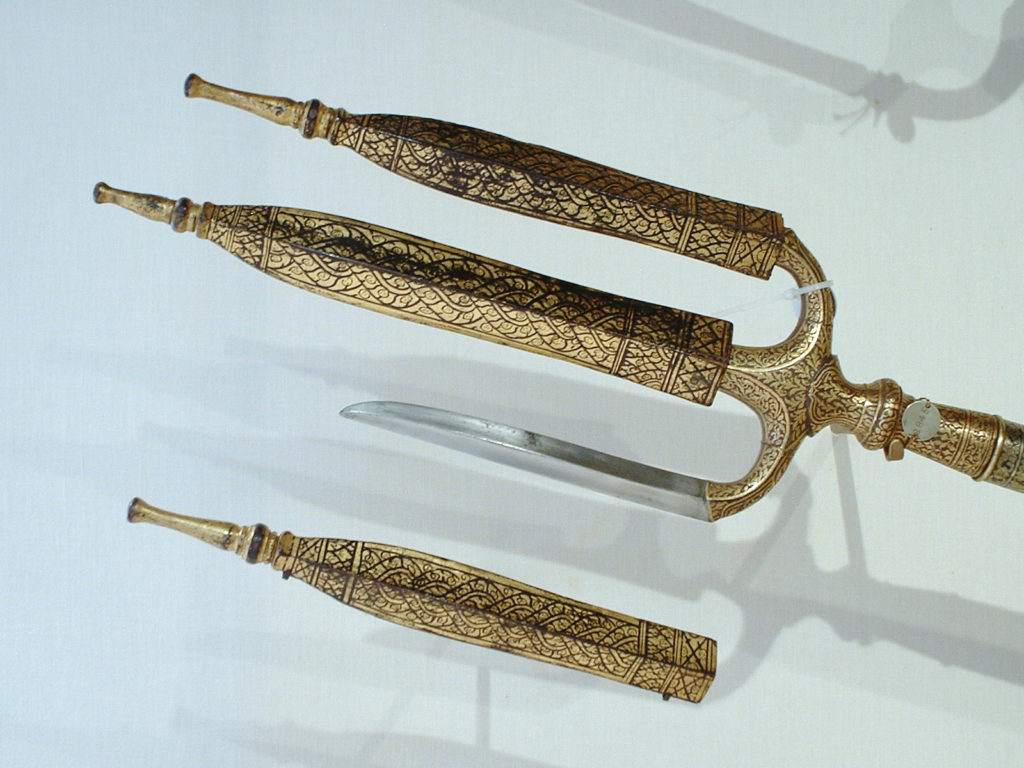
As you can see there were a ton of different pole arm options out there. Guards often used them. Infantry often used them against horse soldiers. When you need to have some range in melee combat reach for a pole arm.

Axes
Pole Arms were not the only melee weapons in Dungeons and Dragons. Other weapons included variations of the Axe. The Axe provides the melee combatant the opportunity to use a nice chopping action to slice into an opponent. The first one is the most commonly thought of when one is considering axes for fantasy combat. This one is the battle axe.
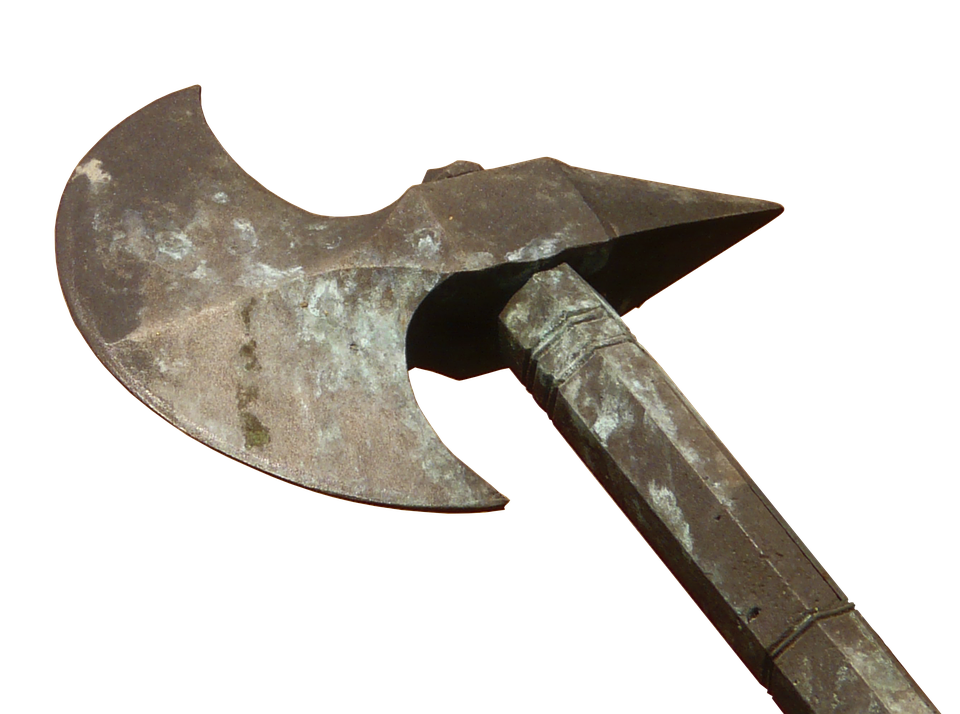
But there were other axes used in combat. This one is called the Bardiche.

Notice the really wide blade? Whoever used these apparently did not aim their swings that well.

Maces, Morningstars, Flails
Essentially these weapons are clubs with a metal tip or metal ball or sometimes a metal chain with a metal ball. These are weapons that any man at arms could use without a whole lot of training in combat. First up is the mace.
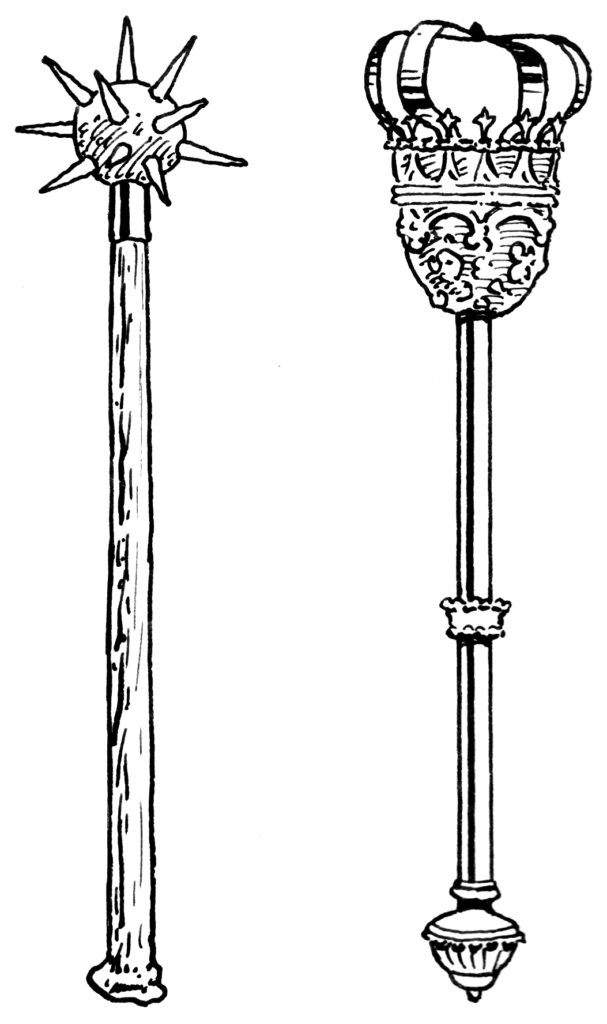
The next is very similar. The difference I suppose is that this one tends to have a lot more spikes in places that might connect when used. Some look kind of nasty.
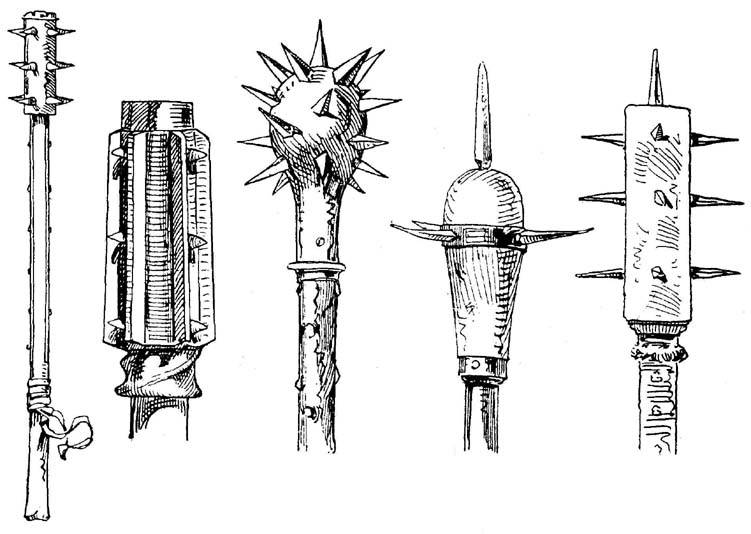
The next variation is the flail. What makes a flail different than a mace or morning star is that it has a chain between the source of the pain.

Lances
The horsemen of the medieval world had an ace up their sleeves. The charge was often the most effective tactic for men on horseback. To charge effectively one needed a ranged melee weapon to strike their enemies with before they could be struck themselves. The Lance did the trick.

Swords
And the last category is the most commonly used category in virtually all flavors of Dungeons and Dragons. Any article about melee weapons in Dungeons and Dragons would pretty much be lacking if it did not talk about the varieties of swords used in medieval combat. First Edition included many types. Later editions have pared it down to but a few.
The first I will mention is one of the least used varieties in 1st Edition. But in medieval movies it is often the one depicted most. It is the Broadsword.
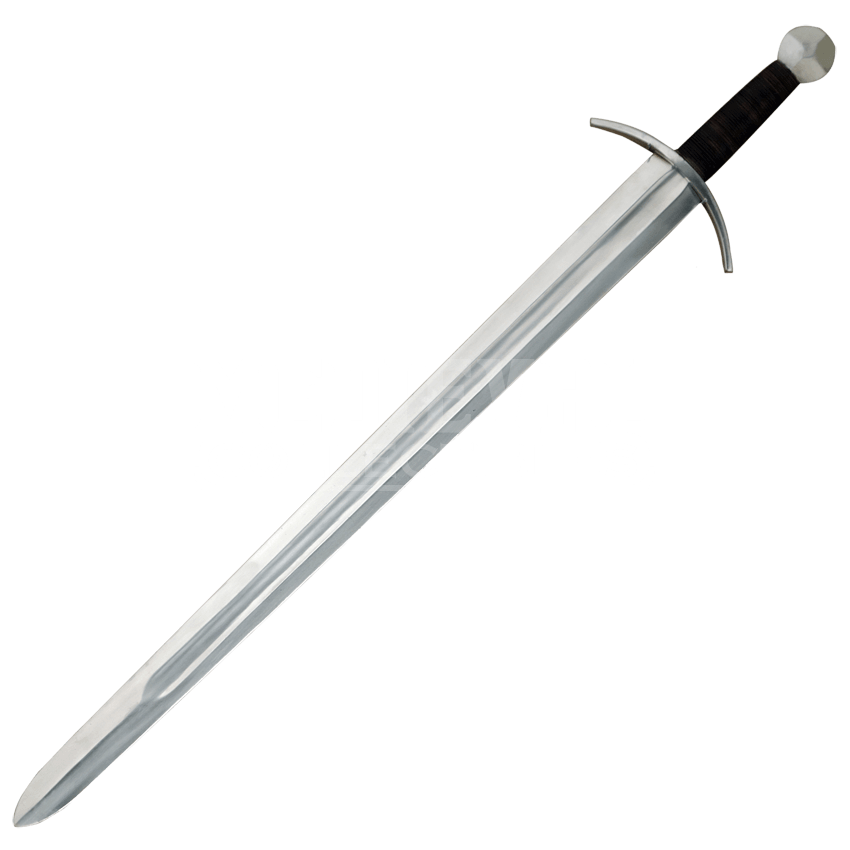
Next is the most commonly used in 1st Edition Dungeons and Dragons. It is called the long sword. The long sword has a narrower blade than a broadsword. It is also quite a bit lighter.

Next is the weapon most commonly used by thieves in 1st Edition. It is the short sword.
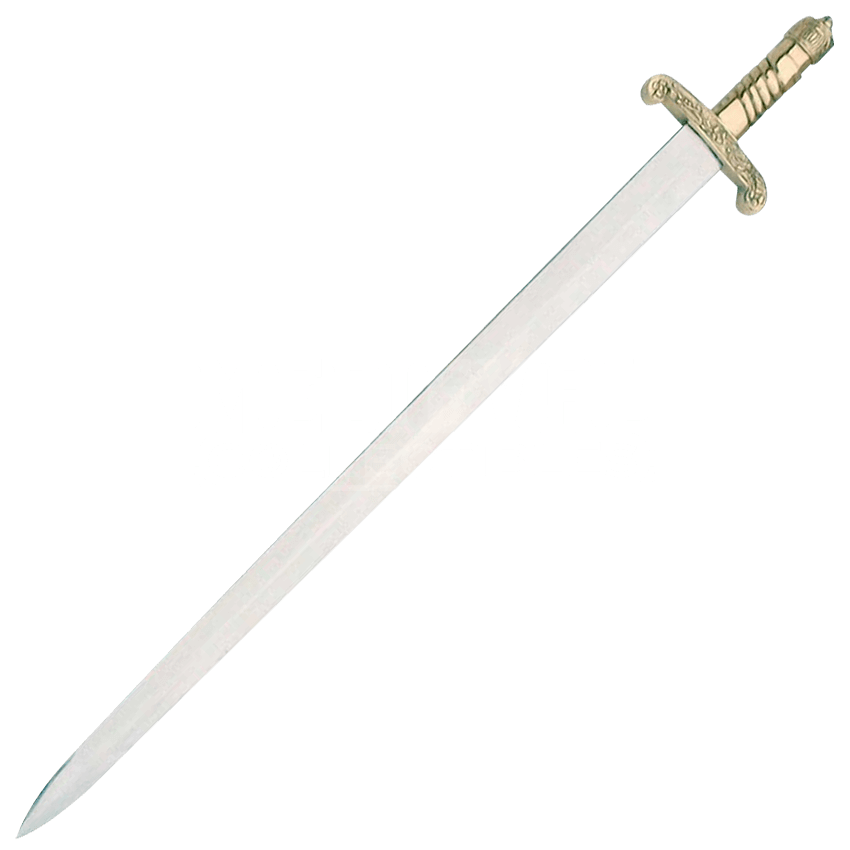
The next variety is seldom found in 1st Edition but does exist. It is called the Bastard Sword.
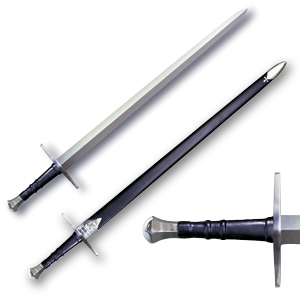
This one is often called the Great Sword in other versions of Dungeons and Dragons. In First Edition it was referred to as the Two Handed Sword. It is a favorite among aggressive fighter types as it does the most potential damage per swing. But it requires the fighter to go without a shield. The trade off may seem worthwhile to some.

Another version of the Two Handed Sword was used in other parts of Europe.

The many different sword options give the player choices to make when equipping before an adventure.

The Many Types of Melee Weapons in Dungeons and Dragons
As you can see there were many different types of melee weapons for a medieval man at arms or knight to employ in combat. Most of these weapons were included in the early versions of Dungeons and Dragons. Later editions have thinned out the number of weapon types available.
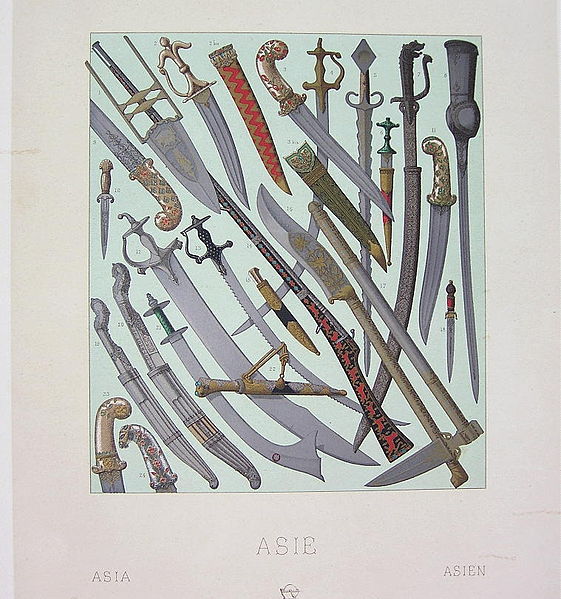
For More Information on These Weapons
TSR put out a wonderful guide to arms and equipment for 2nd Edition. Obviously this supplement is useful for any edition of the game. You can find it at:



Very interesting! I had forgotten (or never knew) about the 1st Edition disarming rules, and should have used them more often.
Yes. I wish I had used them more over the years myself. There are lots of opportunities for weaker NPC to take away the weapons of the players in combat.